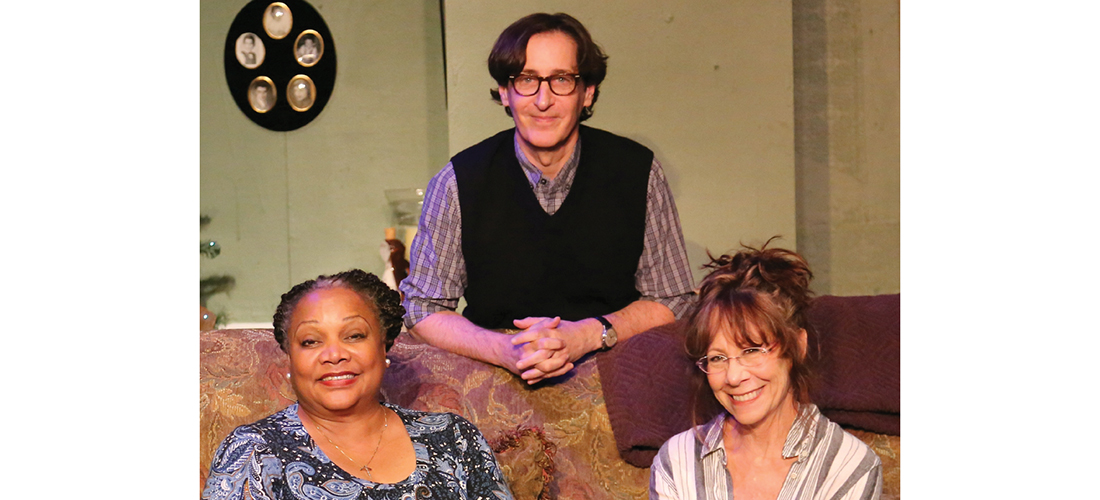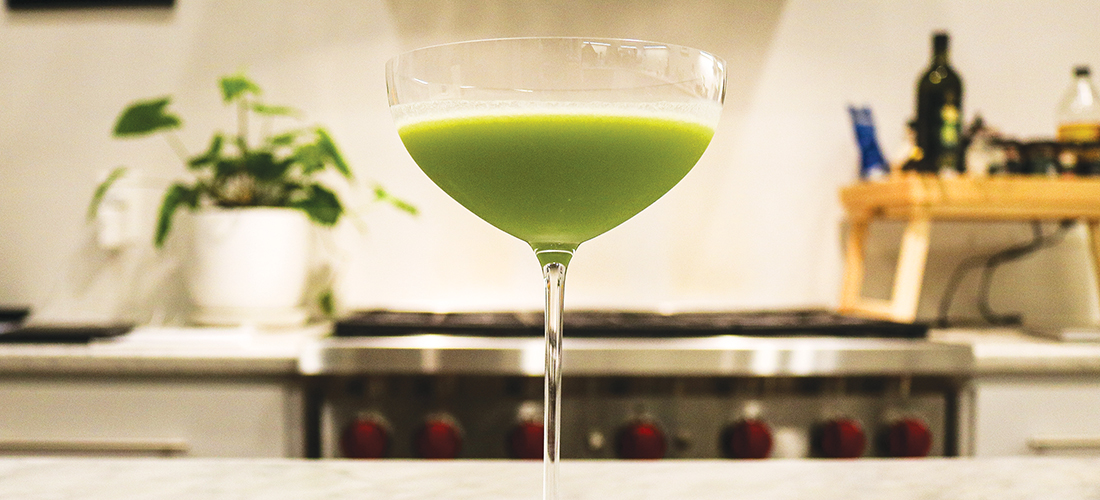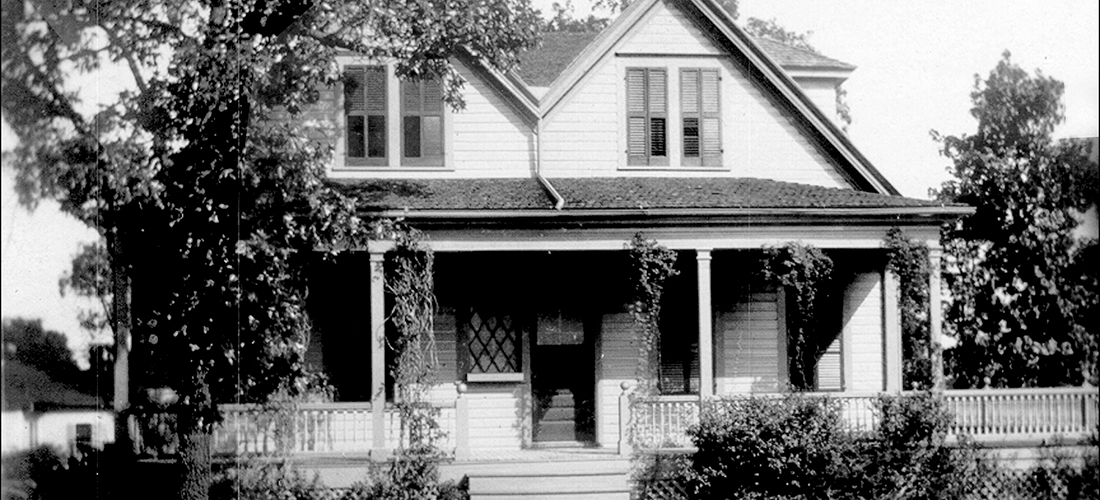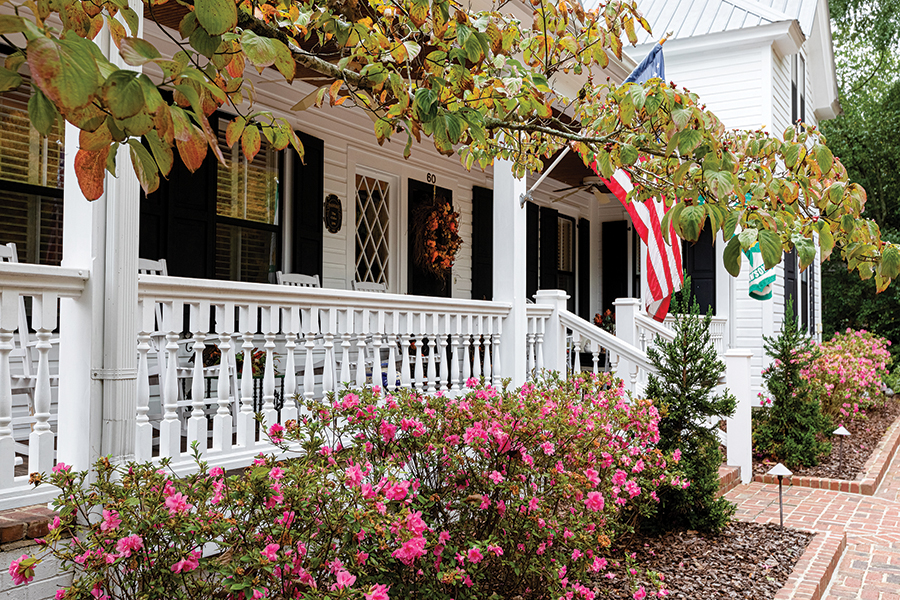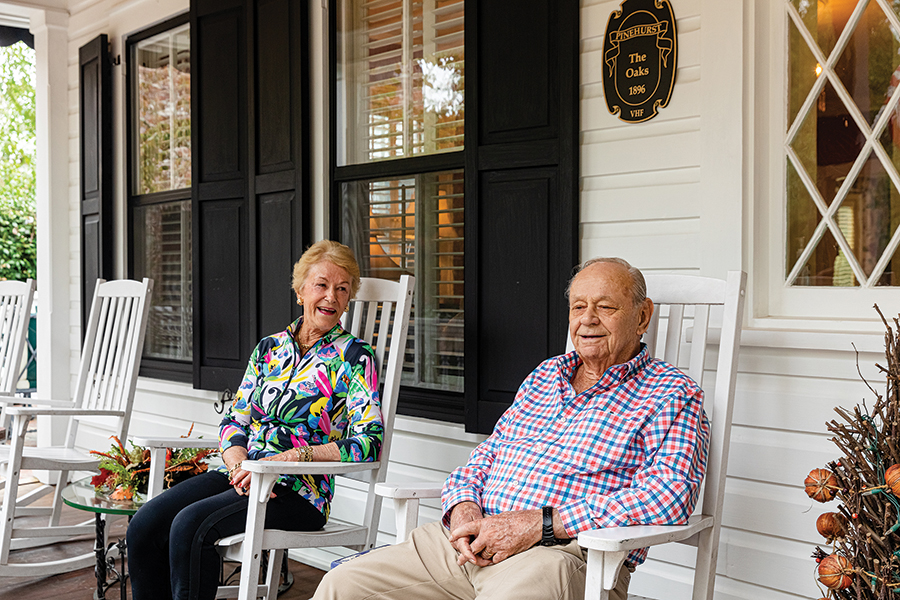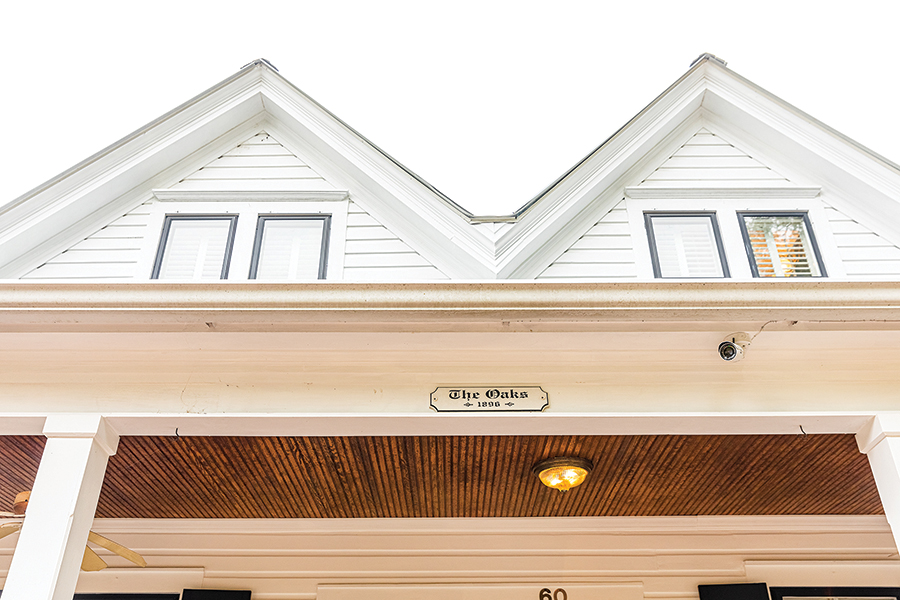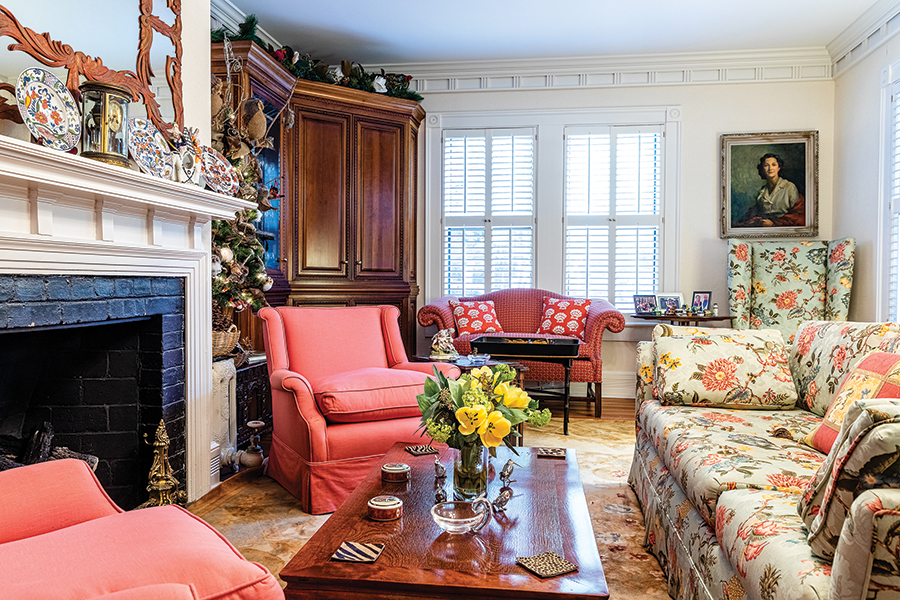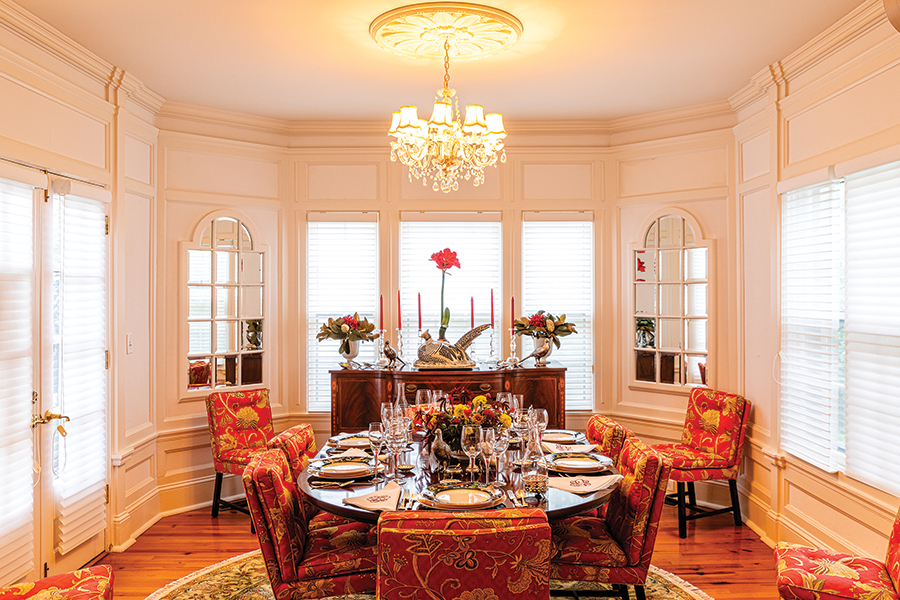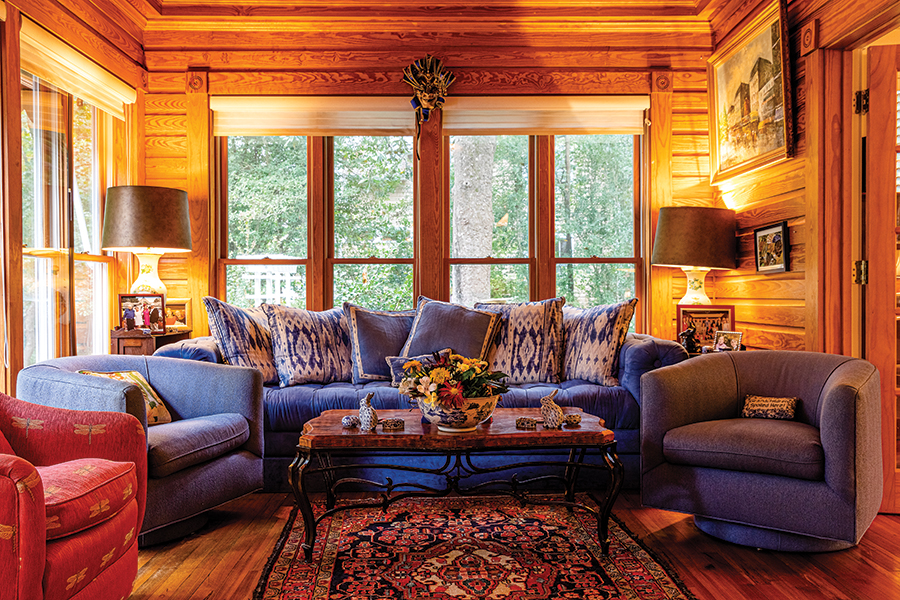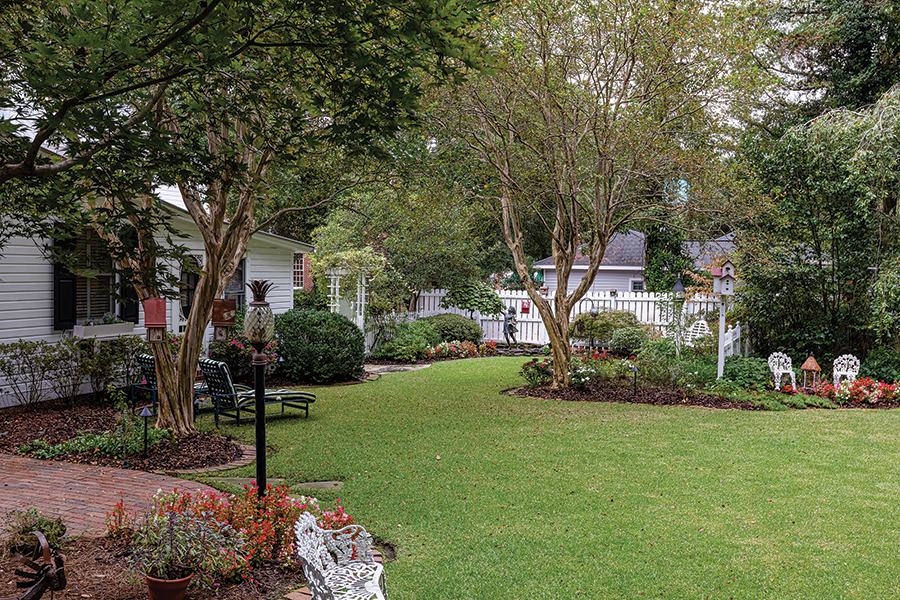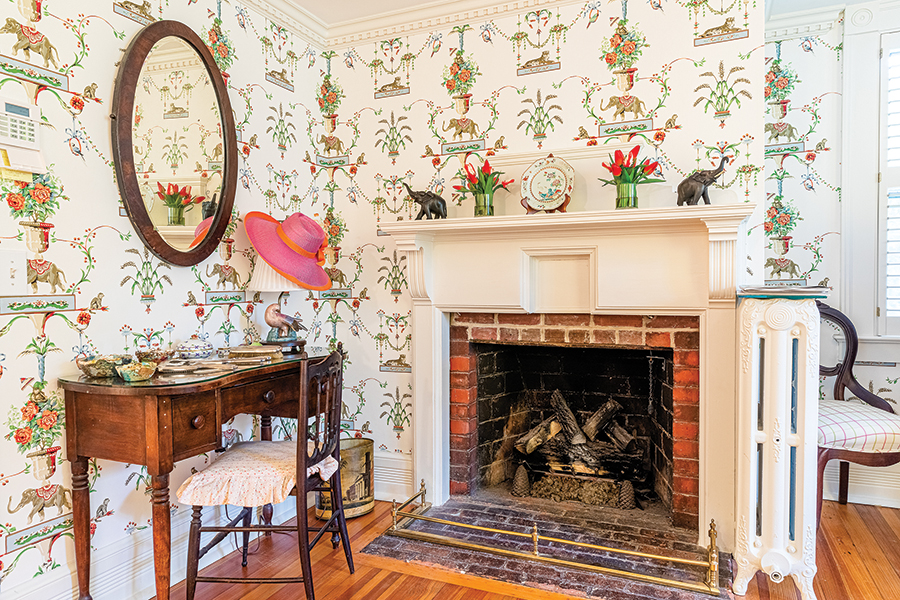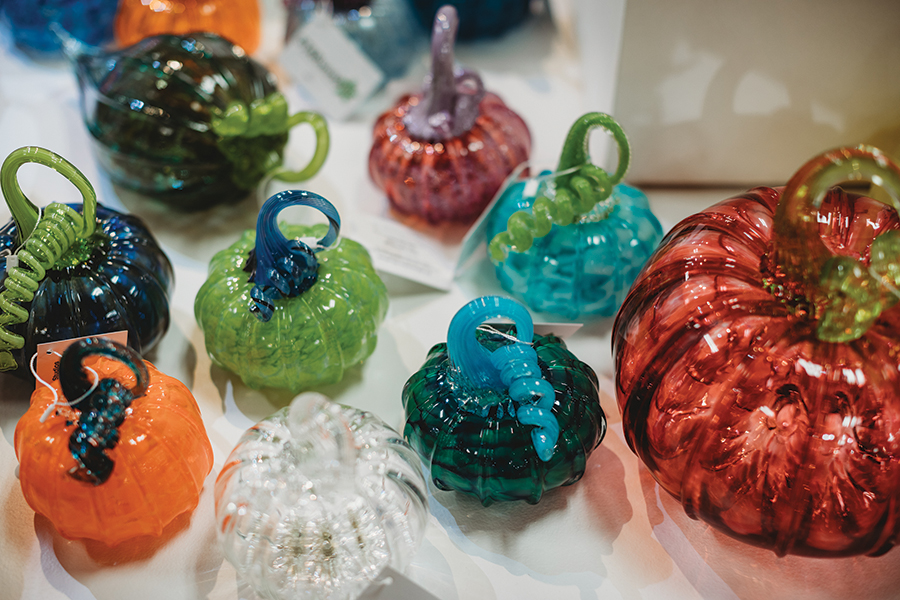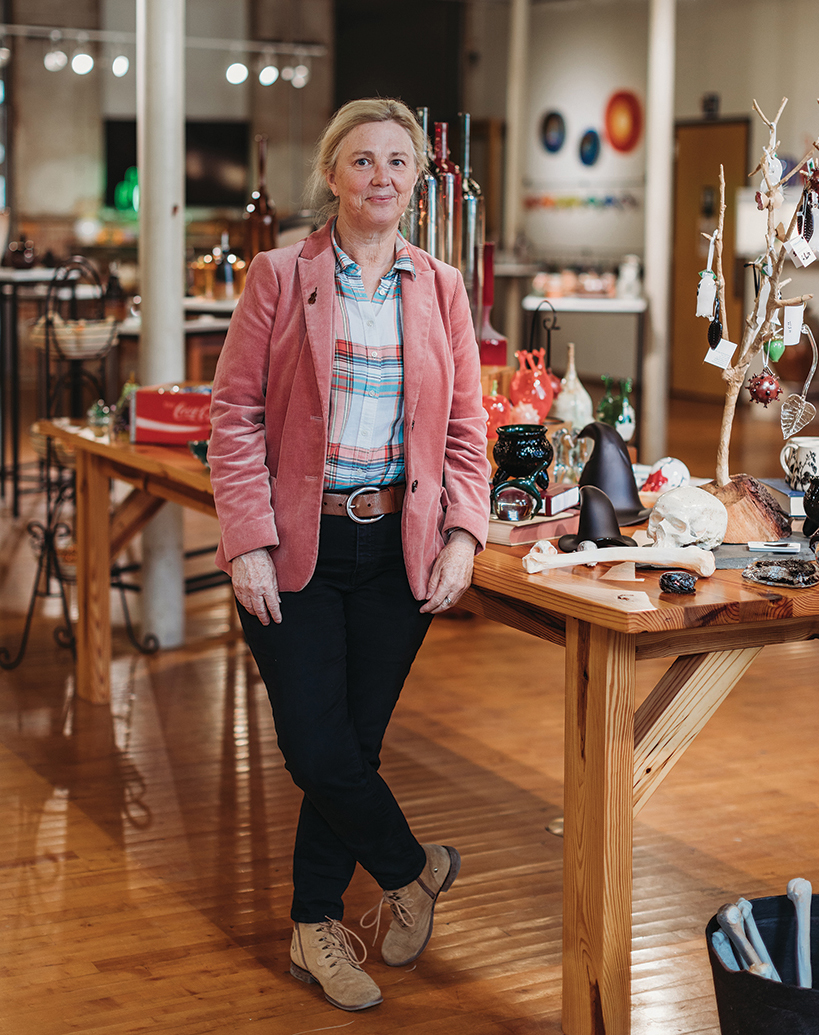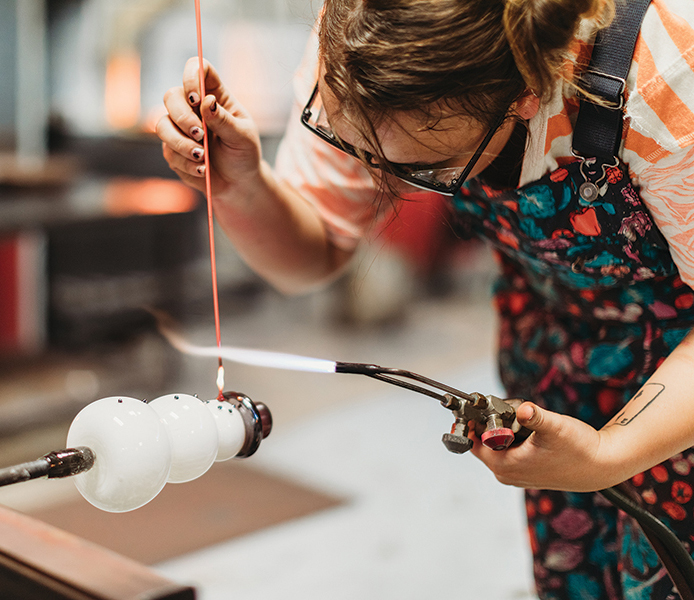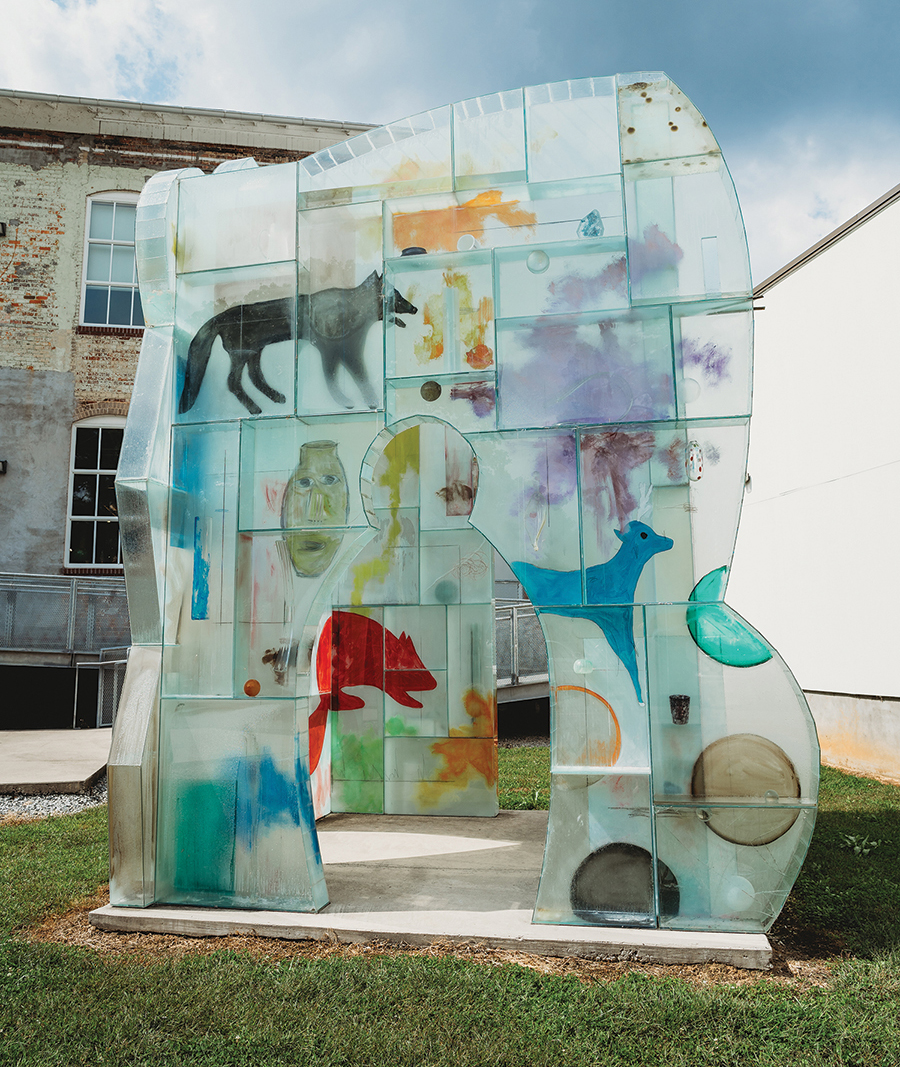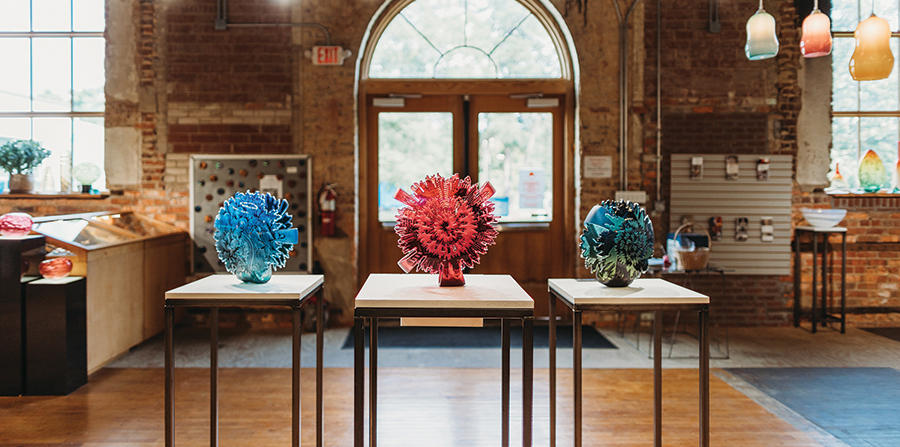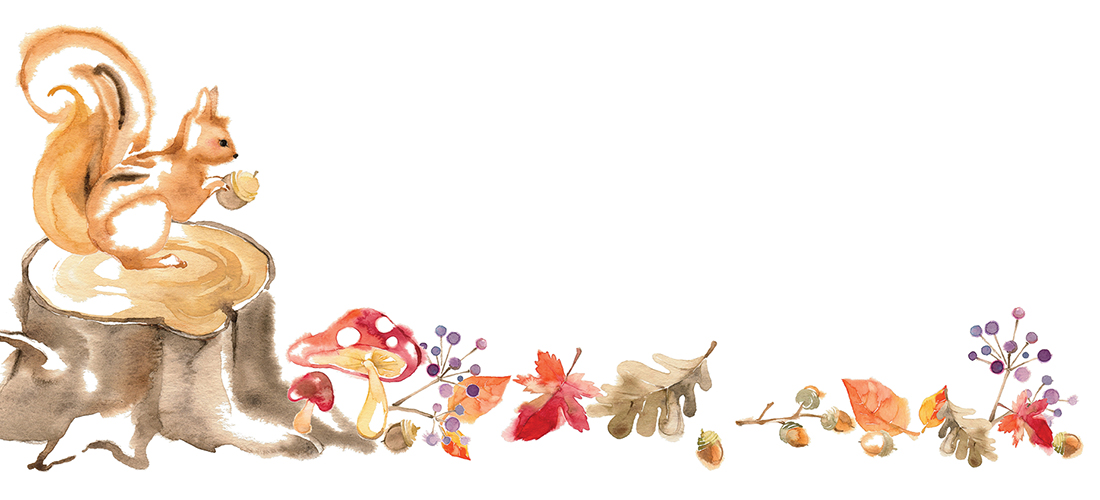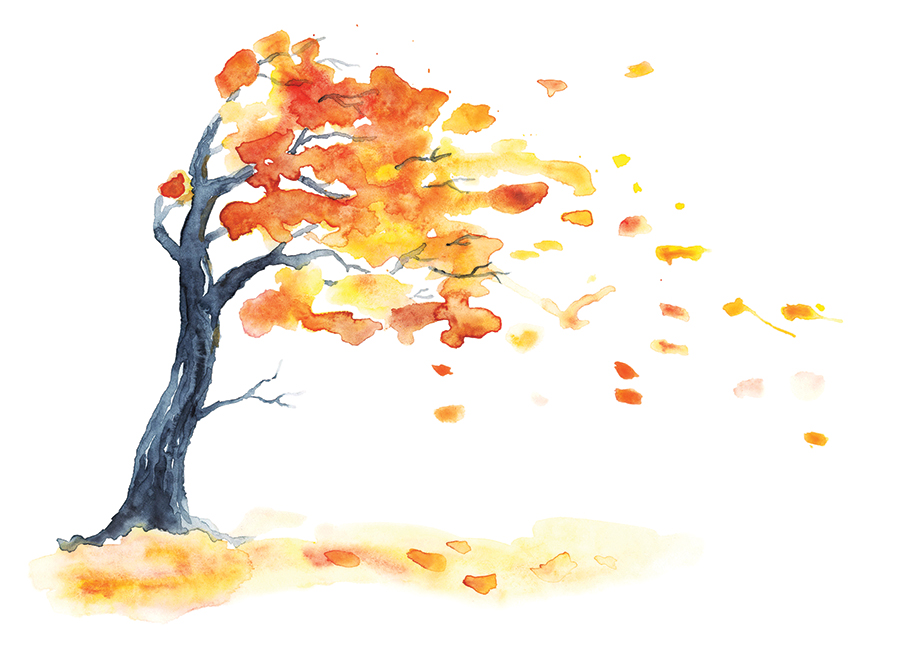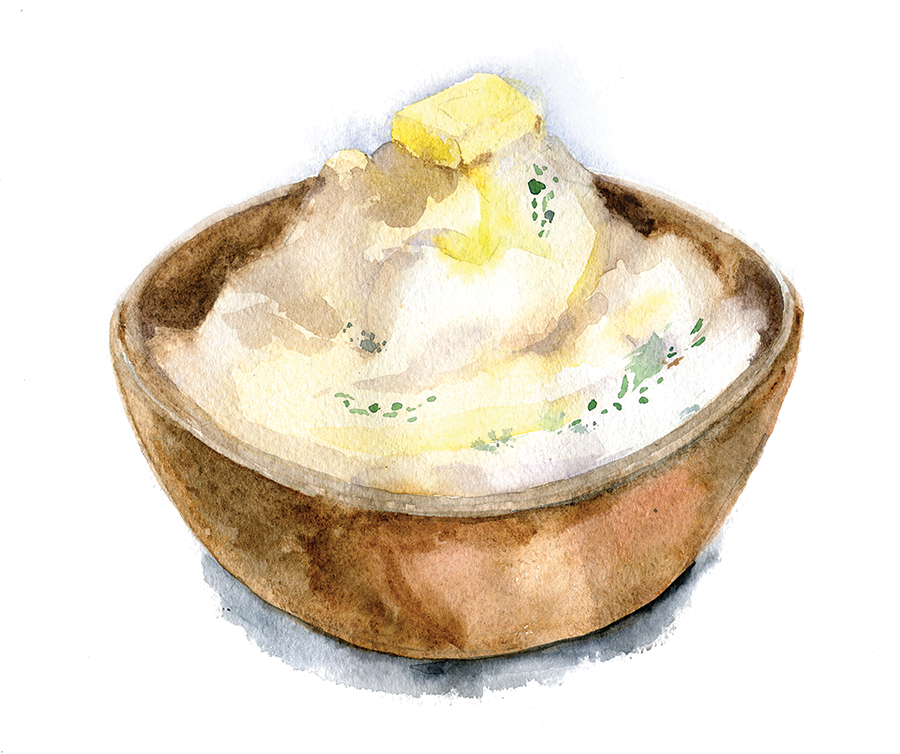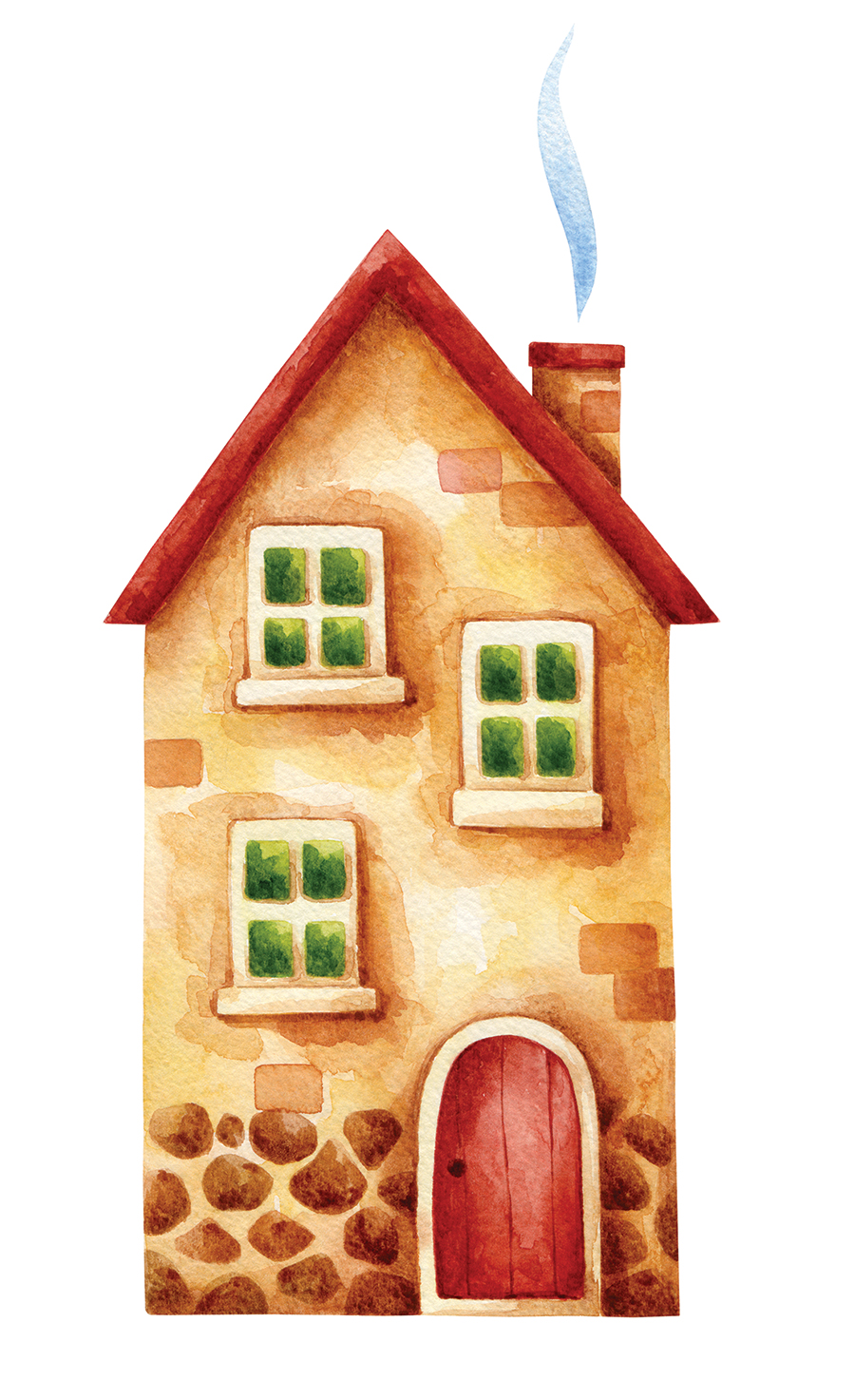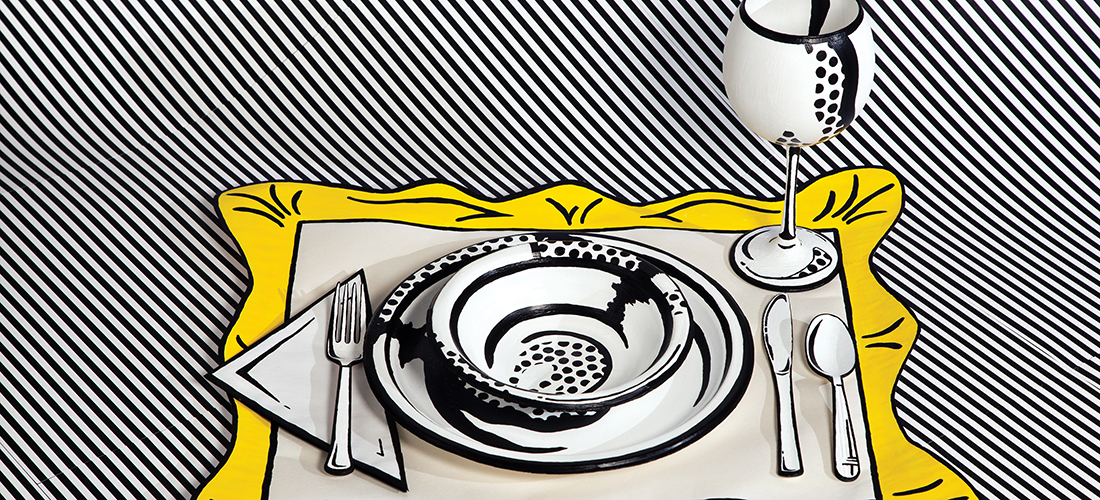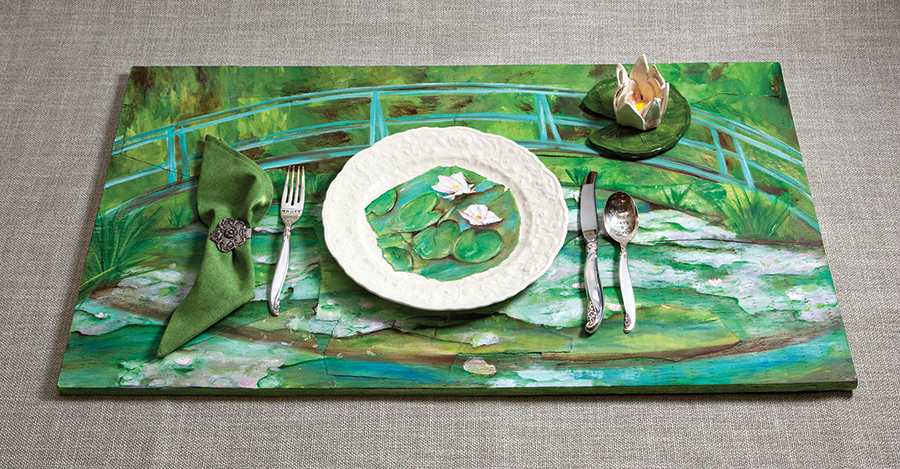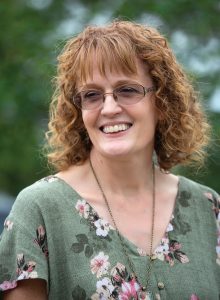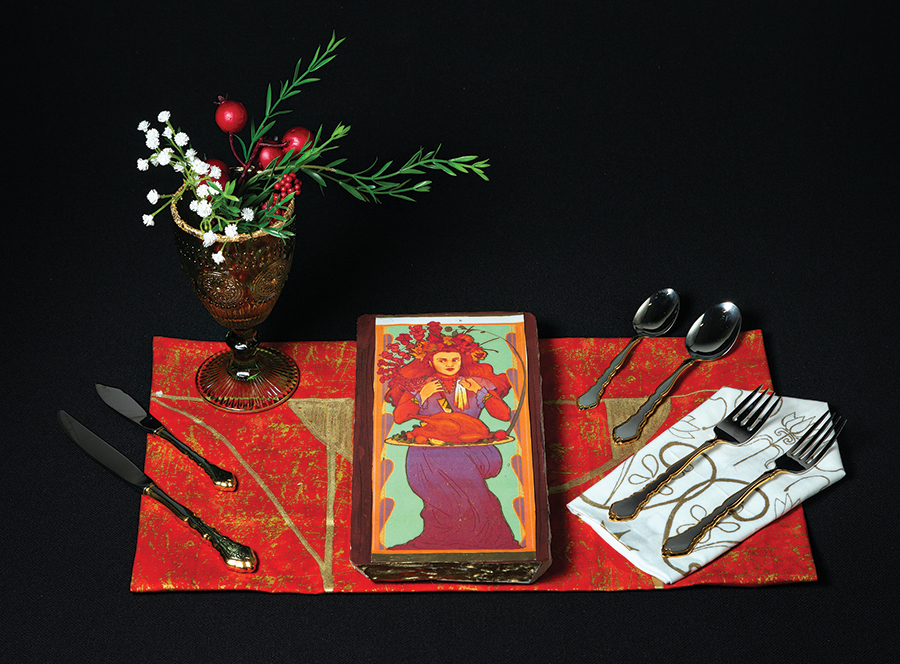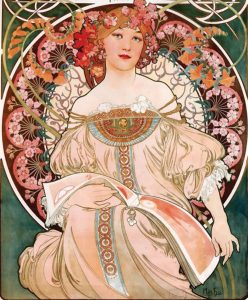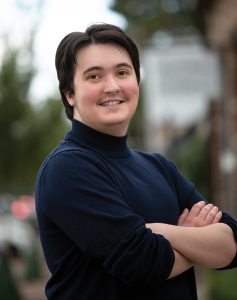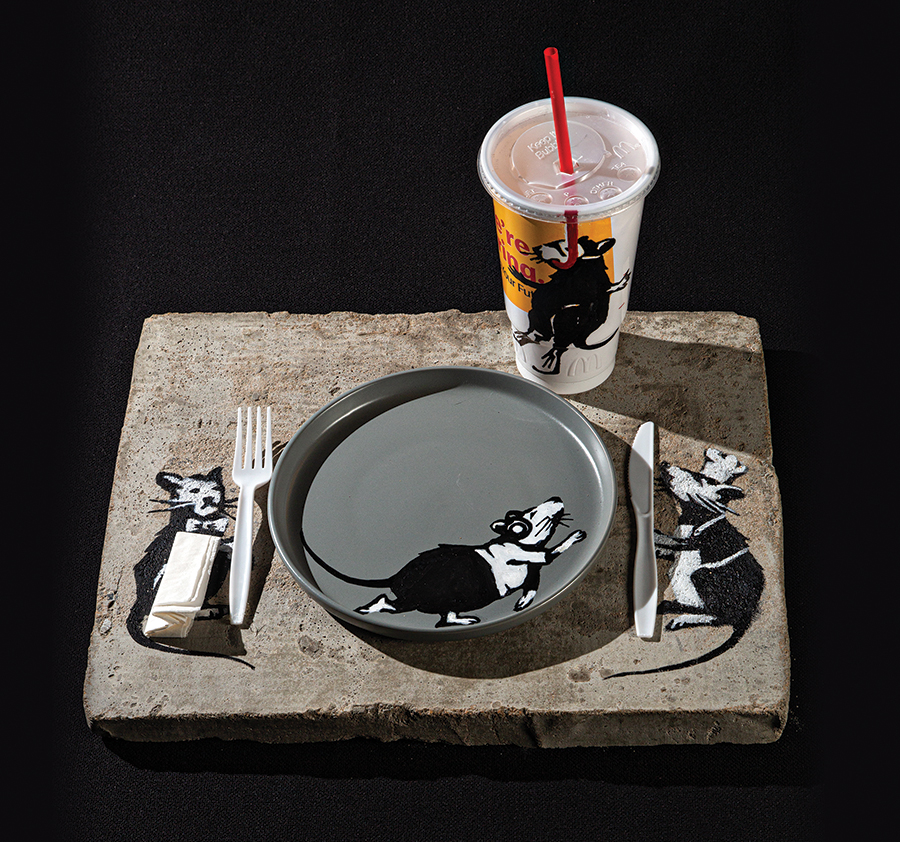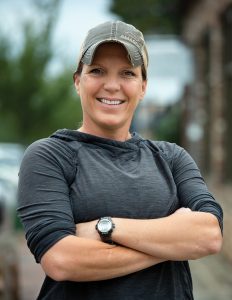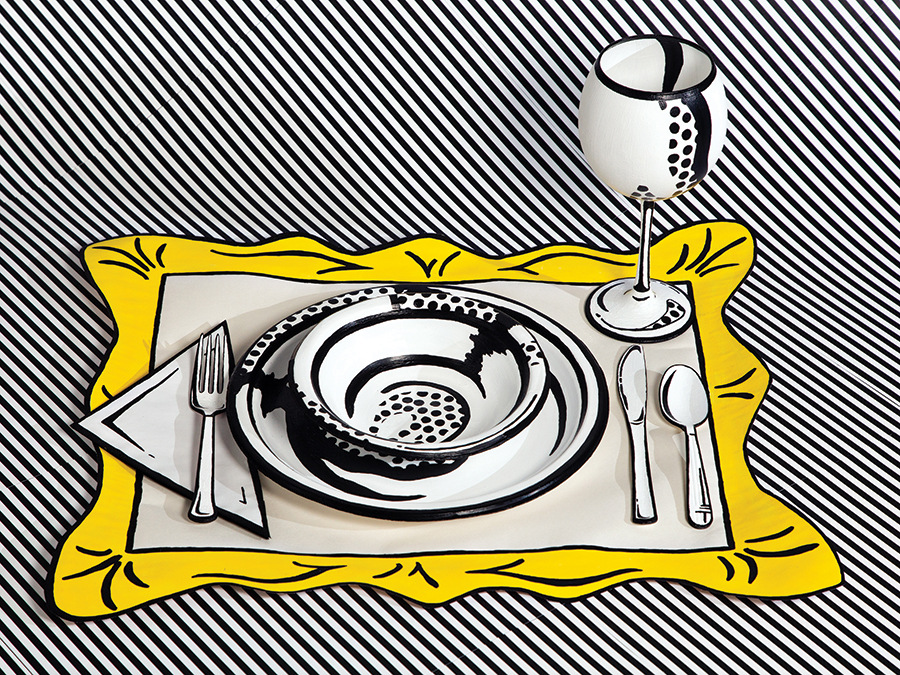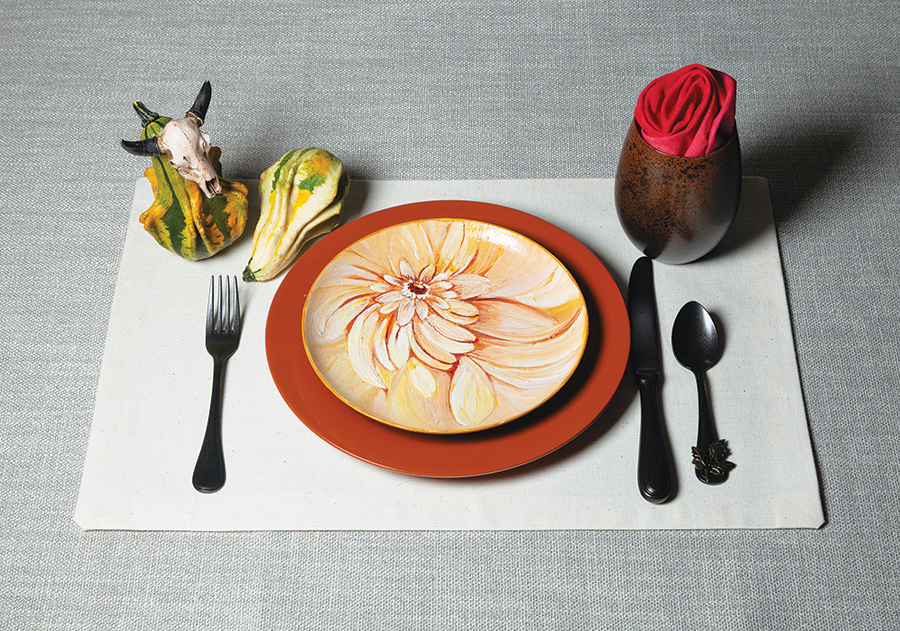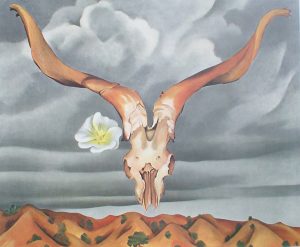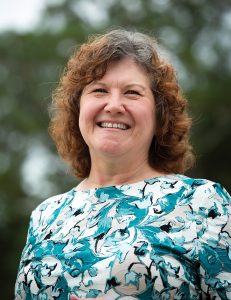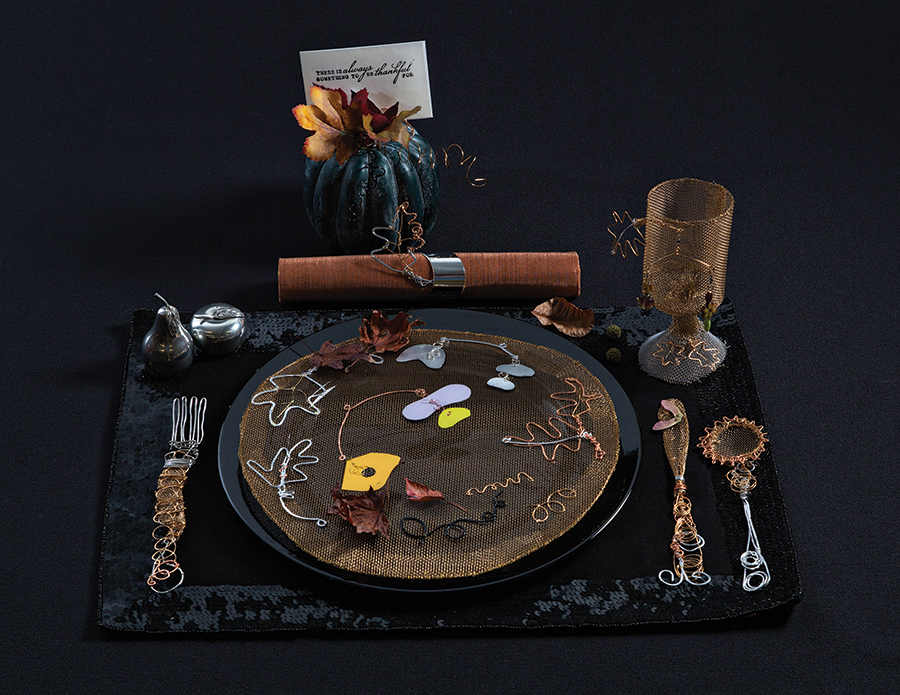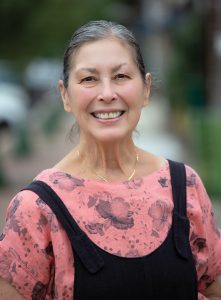Judson Theatre Company returns to BPAC stage
By Jim Moriarty
After being driven into a virtual existence by the worldwide pandemic, the Judson Theatre Company returns to the stage with live performances in the regional theater premier of Yes, Virginia, a heartwarming, witty holiday play written and directed by Stan Zimmerman. There will be four performances, Nov. 18-21, in Owens Auditorium of the Bradshaw Performing Arts Center at Sandhills Community College.
In 1985 Zimmerman, who co-wrote Yes, Virginia with Christian McLaughlin, was an acting major fresh out of NYU when he and longtime writing partner James Berg were hired for the first season of a new sitcom, The Golden Girls. Their work on the popular show launched a career that has, among other things, included writing for the Gilmore Girls and Roseanne. Zimmerman’s two-person play stars Mindy Sterling, a regular on The Goldbergs who Sandhills audiences will remember as Frau Farbissina summoning the fembots in the Austin Powers movies; and Arnetia Walker, who has starred as Nurse Annie Roland in the series Nurses, and in Dreamgirls and The Wiz on Broadway.
Judson Theatre Company, along with Laguna Playhouse, Pop-Up Playhouse and Millbrook Playhouse, produced Yes, Virginia virtually last December. “We knew we had to do this play on stage in Pinehurst after the show’s opening night on Zoom,” says Judson’s executive producer and Moore County native Morgan Sills. “People were pouring their hearts out about it — how funny they found it to be; how true they thought the play was. We wanted Judson Theatre to come back to live performances, and a smaller show means a safer show. So, Yes, Virginia with its cast of two turns out to be the perfect choice.”
The play takes place on New Year’s Eve in the home of Denise Miller (Mindy Sterling), who is taken by surprise when her former maid, Virginia Campbell (Arnetia Walker), shows up at her door even though she had been “let go” a few months before.
“It’s New Year’s Eve and Denise is watching tennis, like my mother did, and talking to her son in California, like my mother did,” says Zimmerman, who draws on his life growing up in suburban Detroit as the basis for the characters. “He wants her to move out of the big, scary house with the big, scary stairs. And the door opens and it’s Virginia. She tells her son, ‘I let Virginia go months ago. What is she doing here?’ Virginia has a slight fall in the kitchen. She ends up on the couch. It’s a kind of role reversal where Denise is taking care of Virginia, the maid.”
Both characters are dealing with the vagaries of aging. Denise is suffering from macular degeneration and Virginia is beginning to show signs of dementia, and the questions become: What are we going to do? Where are we going to live?
“When my parents went through a messy divorce — which is part of the play — my mother would be in her bedroom with the shades shut and very depressed, and I would cheer her up and make her laugh,” says Zimmerman. He found a friend and confident in the woman who was his family’s housekeeper, whose real name was Virginia Campbell.
“I just remember having these long talks with her on my shag carpet, looking up at her — I don’t know why I was lying down on the shag carpet — just talking to her about how I was feeling and what I was going through. She was so easy and fun to talk with. Years later, when my mom was living in Santa Barbara and she started having to deal with dementia, we just begged her to move and she didn’t want to. She was a very proud woman. One day, she said, ‘Why doesn’t Virginia come live with me?’ I said, ‘Well, one problem. She’s dead.’ But, driving home, I thought, wait a minute, that’s a really good concept for a play. What if these two people ended up later in life together, helping each other out in kind of a role reversal?
“So, that inspired this comedy/holiday concoction. I use pieces of my own life, but it’s artistic license. There’s a part where Mindy’s character talks about being in New York and going to Studio 54. That didn’t happen to my mother, but it did happen to me when I was at NYU. I did go to Studio 54 and Andy Warhol did take pictures of me and, like an idiot, I told him to stop. What was wrong with me?”
Walker, whose first role on Broadway came when she was just 16 years old in Lorraine Hansberrry’s The Sign in Sidney Brustein’s Window, has as visceral a connection to Virginia as Zimmerman. “She reminded me of my aunt who raised me,” says Walker. “My mom died when I was an infant. I lived with my aunt in Georgia — she had taken me and my brother. It was during the waning days of Jim Crow. My aunt was a domestic worker. She would often have to leave us to take care of somebody else’s children. She was very warm and loving and I immediately felt a connection to Yes, Virginia. I found it so odd, how could a white man understand and write a character so real as this Black woman who was really part of my life, part of my past?”
Sterling and Zimmerman have worked together often after she appeared in his directorial debut, a 30th anniversary production of Gemini: A Play in Two Acts. “Ever since then she’s kind of been my muse,” he says.
“We say that there’s a clause in every contract that I will be in all his plays,” says Sterling. “I love working with him. There’s always a message and there’s always something heartfelt.”
In 2017 Sterling received an Emmy nomination for a role in Zimmerman’s web series secs & EXECS. “That was very exciting,” he says, “not only having created the role with her in mind but having directed her in it. Mindy and Arnetia have the same birthday. How weird is that? They have this chemistry. It’s so fun to watch them together. They’re two comic geniuses. They get to be funny, but they also get to be real and poignant and tell touching stories about family and children and being a mother and getting older.”
Tickets for Yes, Virginia can be purchased on the Judson Theatre Company website at https://judsontheatre.com.
If you love The Golden Girls, join sitcom writer Stan Zimmerman on Sunday, Nov. 14, at 7 p.m. at Owens Auditorium in the Bradshaw Performing Arts Center for “An Evening on the Lanai,” hosted by Alex Rodriguez. Zimmerman’s show, which sold out in May and June in Palm Springs, California, revisits the year he and his writing partner, James Berg, were creating quips and delivering lines for Betty White, Bea Arthur, Rue McClanahan and Estelle Getty. “It’s just a really cute evening of games, quizzes and contests, and a lot of gossip of what went on that fateful first season as the show was taking off,” says Zimmerman. Tickets are $25 in advance and $30 at the door. They can be purchased on the Judson Theatre Company website at https://judsontheatre.com. PS

